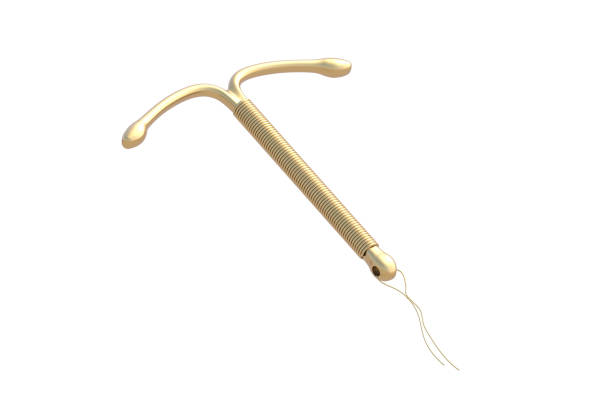In recent years, Fat Melting Injections in Dubai have become a popular non-surgical solution for individuals seeking to reduce stubborn fat pockets without going under the knife. These injections promise targeted fat reduction, quick recovery, and minimal discomfort. But with the rise of popularity comes a critical question: Are fat melting injections safe for long-term use? This article explores the science behind these treatments, potential risks, and what you should consider before opting for them.
What Are Fat Melting Injections?
Fat melting injections, also known as lipolytic injections or injection lipolysis, involve injecting a specialized solution directly into localized fat deposits. The solution typically contains compounds like deoxycholic acid, phosphatidylcholine, or other fat-dissolving agents that break down fat cells. Once broken down, the body naturally metabolizes and eliminates these fat cells over time.
This minimally invasive procedure targets problem areas such as the chin, abdomen, thighs, and arms, making it an attractive alternative to surgical liposuction.
How Do Fat Melting Injections Work?
At the core of fat melting injections is the ability to destroy fat cells without harming surrounding tissues. The injected solution disrupts the membrane of fat cells, causing them to rupture. The body then engages its immune system, gradually clearing away the damaged fat cells through natural metabolic processes.
One of the advantages is that once fat cells are destroyed, they do not regenerate, potentially leading to permanent fat reduction in treated areas—but does this permanence translate to safety in the long term?
The Safety Profile of Fat Melting Injections
Short-Term Safety
Clinical studies and user testimonials generally show that fat melting injections are safe when administered by qualified professionals. Common side effects include mild swelling, bruising, redness, and tenderness at the injection site. These symptoms are usually temporary and subside within a few days.
Potential Risks and Complications
Though rare, some complications may arise:
-
Nerve damage: Improper technique may damage underlying nerves, leading to numbness or weakness.
-
Infection: Any injection carries a small risk of infection if sterile procedures are not followed.
-
Uneven results: Inconsistent injection technique can cause asymmetry or lumps.
-
Allergic reactions: Some individuals may react to the injection components.
These risks highlight the importance of choosing a reputable provider, but what about long-term effects?
Are Fat Melting Injections Safe for Long-term Use?
When considering long-term safety, it is essential to understand that fat melting injections are still relatively new in the cosmetic landscape. The majority of available studies focus on short- to medium-term outcomes, with limited data on effects over many years.
Permanent Fat Cell Reduction vs. Body Changes Over Time
Because fat cells are destroyed, the treated areas may have fewer fat cells permanently. However, fat cells in untreated parts of the body can still enlarge with weight gain, potentially affecting overall body shape. This dynamic means long-term results depend heavily on lifestyle factors like diet and exercise.
Impact on Skin Elasticity and Tissue Health
One concern is whether repeated fat cell destruction impacts the skin’s elasticity or underlying tissues. Since fat provides some structural support beneath the skin, excessive fat removal could lead to sagging or loose skin, especially in older adults or those with reduced collagen production.
Cumulative Effects of Repeated Treatments
Some individuals opt for multiple sessions to achieve their desired look. Currently, there is insufficient long-term research to conclusively determine if repeated injections in the same area might cause scarring, tissue fibrosis, or other adverse effects over time.
What Experts Suggest About Long-term Use
While conclusive long-term studies are still underway, experts generally advise moderation and caution:
-
Use fat melting injections as part of a broader body contouring plan, not a sole weight-loss strategy.
-
Maintain a healthy lifestyle to preserve results and minimize the need for repeated treatments.
-
Allow sufficient time between sessions to monitor skin and tissue response.
-
Discuss any pre-existing conditions or skin concerns with your provider.
Alternatives and Complementary Approaches
For those hesitant about the unknowns of long-term safety, other body sculpting options exist, including non-invasive technologies like cryolipolysis (fat freezing), radiofrequency, and ultrasound treatments. These methods also aim to reduce fat without surgery but have their own safety profiles to consider.
Combining fat melting injections with muscle toning exercises and skin tightening procedures might help achieve balanced, natural-looking results while minimizing risks.

Final Thoughts: Is It Worth the Risk?
Fat Melting Injections offer a convenient and effective method for reducing localized fat deposits with minimal downtime. For many, the short-term safety profile is reassuring, and the promise of permanent fat cell destruction is appealing.
However, the absence of extensive long-term data means potential risks remain partially unknown. If you’re considering fat melting injections, especially in places like Dubai where the treatment is readily available, make sure to:
-
Get a thorough consultation
-
Understand the risks and benefits
-
Set realistic expectations for long-term maintenance
Ultimately, your safety and satisfaction depend on informed decisions and careful aftercare.
Frequently Asked Questions (FAQs)
Can fat melting injections cause weight gain in untreated areas?
Fat melting injections target fat cells locally but do not prevent fat accumulation elsewhere. Maintaining a healthy lifestyle is key to preventing weight gain in untreated regions.
How long do the results last?
Results can be long-lasting as destroyed fat cells do not return, but individual outcomes vary based on lifestyle and metabolism.
Are fat melting injections painful?
Discomfort is usually minimal and temporary, often described as a mild burning or stinging sensation during injection.
Who should avoid fat melting injections?
Pregnant or breastfeeding women, individuals with certain medical conditions, or those with allergies to injection components should avoid treatment.



